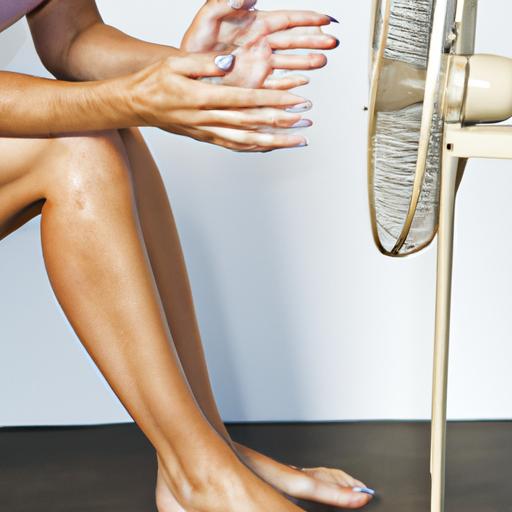Table of Contents
If you’re a fan of Essie nail polish, you’re probably curious about how long it takes for this beloved brand to dry. Whether you’re preparing for a night out or simply aiming for a fresh manicure, knowing the drying time of your nail polish is crucial. In this article, we’ll delve into the various factors that impact the drying time of Essie nail polish, the typical drying times, tips for expediting the process, and the potential consequences of insufficient drying time.
Factors that Influence Drying Time
Several factors contribute to the drying time of Essie nail polish. Firstly, the makeup of the nail polish itself plays a significant role. Essie nail polish typically consists of various solvents, resins, and plasticizers. These ingredients collaborate to yield a smooth and resilient finish. However, the composition of the nail polish can also influence its drying time.
Moreover, environmental factors have a substantial impact on how quickly Essie nail polish dries. The temperature, humidity, and air circulation within the room all contribute to the drying process. For instance, if it’s hot and humid, the drying time will likely be prolonged. On the contrary, in cold and dry conditions, the nail polish may dry faster.
Lastly, the application technique also affects the drying time of Essie nail polish. A thick layer of nail polish will take longer to dry compared to a thin layer. Furthermore, an uneven application of the nail polish can lead to uneven drying, resulting in smudges or other issues.
In sum, the composition of the nail polish, environmental factors, and application technique collectively determine how long it takes for Essie nail polish to dry. By comprehending these factors, you can take measures to ensure that your nail polish dries quickly and uniformly.
Typical Drying Time for Essie Nail Polish
While there is no definitive answer to the drying time of Essie nail polish, there are general estimates. Typically, the first layer of nail polish dries in approximately 2-3 minutes. However, it is crucial to wait a few minutes between each coat to allow the previous layer to dry completely.
The drying time can vary depending on the specific product from Essie’s nail polish line. For example, Essie’s Gel Couture line is designed to dry faster than their standard nail polish. Additionally, Essie’s quick-dry topcoat can significantly expedite the drying process.
In the following sections, we’ll explore tips for accelerating the drying time of Essie nail polish and the potential risks of inadequate drying time.
Tips for Speeding Up Drying Time
If you’re in a rush and require your nail polish to dry quickly, there are several tips you can follow to expedite the process.
Using a Quick-Dry Top Coat
One of the most effective methods for reducing drying time is utilizing a quick-dry topcoat. Essie offers a quick-dry topcoat that significantly cuts down on the time it takes for your nail polish to dry. This topcoat acts as a sealant, preserving and protecting your nail polish while simultaneously expediting the drying process. Simply apply the topcoat over your nail polish and wait a few minutes for it to dry.
Applying Thinner Layers
Another approach to speeding up the drying time is to apply thinner layers of nail polish. Thick layers of nail polish necessitate longer drying times, so applying thinner coats will minimize the drying duration. Additionally, thin layers of nail polish are less likely to smudge or produce air bubbles.
Using a Blow Dryer or Fan
Lastly, employing a blow dryer or fan can also hasten the drying time of your nail polish. Set your blow dryer to its cool setting and hold it a few inches away from your nails. The cool air emitted by the blow dryer will expedite the drying process. Alternatively, you can use a fan to enhance air circulation within the room, which will also reduce the drying time.
By implementing these tips, you can significantly decrease the time it takes for your Essie nail polish to dry. However, it is important to note that even with these measures, you should still allow ample time for your nail polish to dry completely.
Risks of Insufficient Drying Time
Failing to allow sufficient drying time can lead to several risks, including smudging and ruining your manicure. If you inadvertently touch or bump your nails before they are fully dry, you may create smudges or dents in the nail polish. Moreover, if you apply another coat of nail polish before the preceding coat has dried thoroughly, uneven drying and a less durable finish may result.
Insufficient drying time can also result in staining or damaging clothing and other surfaces. By unintentionally touching your nails to fabrics, furniture, or other surfaces before they have fully dried, you risk transferring the nail polish, causing stains or damage.
In conclusion, allowing adequate drying time is essential for achieving a gorgeous and long-lasting manicure. By comprehending the factors that influence drying time and following the tips we have provided, you can ensure that your Essie nail polish dries quickly and uniformly, decreasing the likelihood of smudging or other complications.






